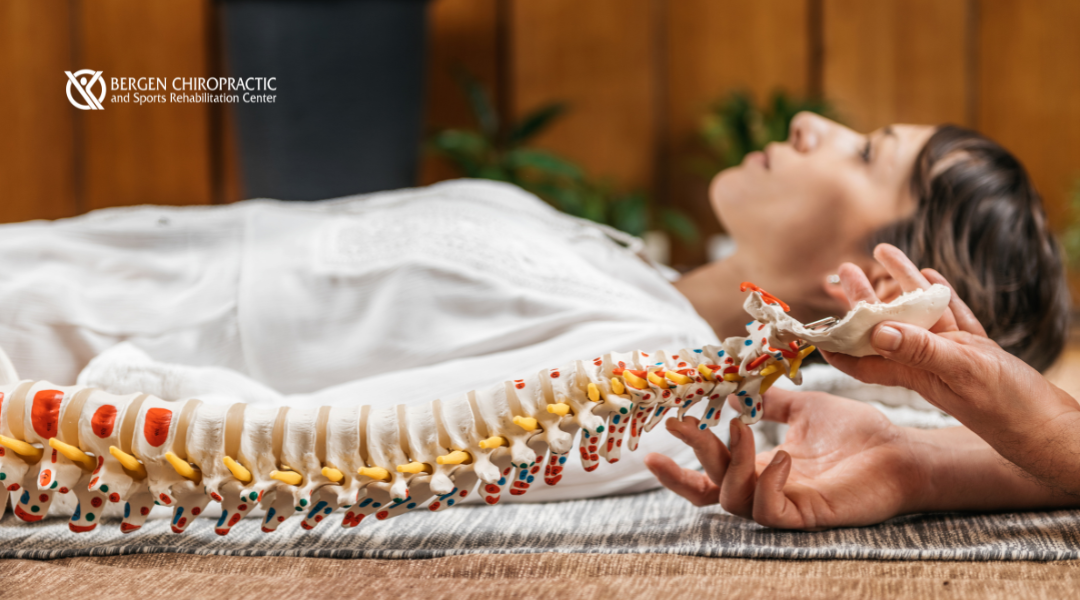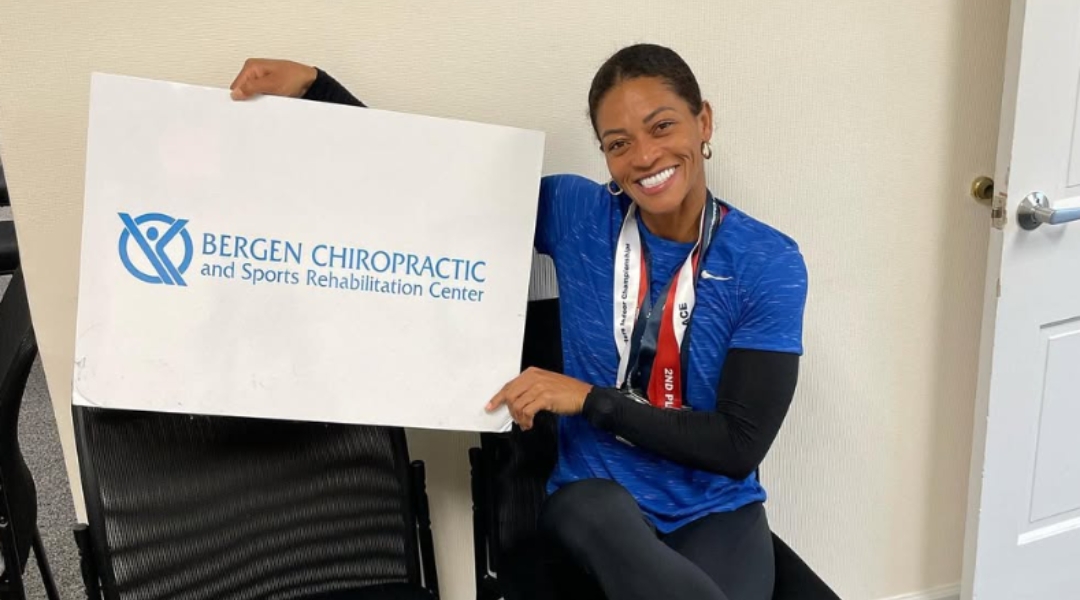Cold temperatures restrict circulation, tighten soft tissues, and make joints feel stiffer and more swollen—especially for those with arthritis or old injuries. This article explains why winter increases inflammation and how chiropractic soft tissue treatment helps reduce swelling, improve circulation, and restore mobility throughout the colder months.
National Chiropractic Health Month: Explore Local Events & The Benefits of Care
Every October, National Chiropractic Health Month highlights safe, natural approaches to pain management and wellness. Our Bergen Chiropractic team joins chiropractors nationwide in promoting care that restores mobility, reduces reliance on medication, and helps people stay active. Bergen County residents can celebrate with local events and explore how chiropractic supports a healthier lifestyle.
How Often Should I Get a Chiropractic Adjustment During Pregnancy?
Learn how often to schedule chiropractic adjustments during pregnancy for optimal comfort, pain relief, and support throughout each trimester.
Tight Calves Holding You Back? How Chiropractors Relieve Muscle Tension!
Learn the causes of tight calf muscles and how chiropractic care, targeted adjustments, and stretching techniques can restore flexibility.
Bergen County’s Best: Raving Reviews Pour In for Dr. Doerr & Dr. Doyle at Bergen Chiropractic!
Patients in Bergen County praise Dr. Doerr and Dr. Doyle at Bergen Chiropractic for exceptional personalized care, expertise, and proven treatment outcomes.
Bergen Chiropractic’s Normatec Compression Therapy Helps Athletes Bounce Back Faster!
Bergen Chiropractic offers Normatec Compression Therapy to help athletes speed up recovery, reduce muscle soreness, and enhance overall performance.
Bergen County Runners: Find Lasting Relief from Runner’s Knee with Expert Chiropractic Care
Find effective, long-term relief from runner’s knee with expert chiropractic care in Bergen County, NJ. Explore treatment options to keep you running strong.
Holistic Healing: Integrating Chiropractic Care Into Your Rheumatoid Arthritis Treatment Plan
Chiropractic care eases RA joint pain, improves mobility, and complements your holistic rheumatoid arthritis treatment plan.
Chiropractic Solutions for Pregnancy-Related Hand Numbness
Relieve pregnancy hand numbness with expert chiropractic care and gentle techniques at Bergen Chiropractic.
Relieving Hip Pain in Bergen County, NJ: How a Local Chiropractor Can Help
Learn how a local chiropractor in Bergen County, NJ, can help relieve hip pain with effective, natural treatments tailored to your needs.










